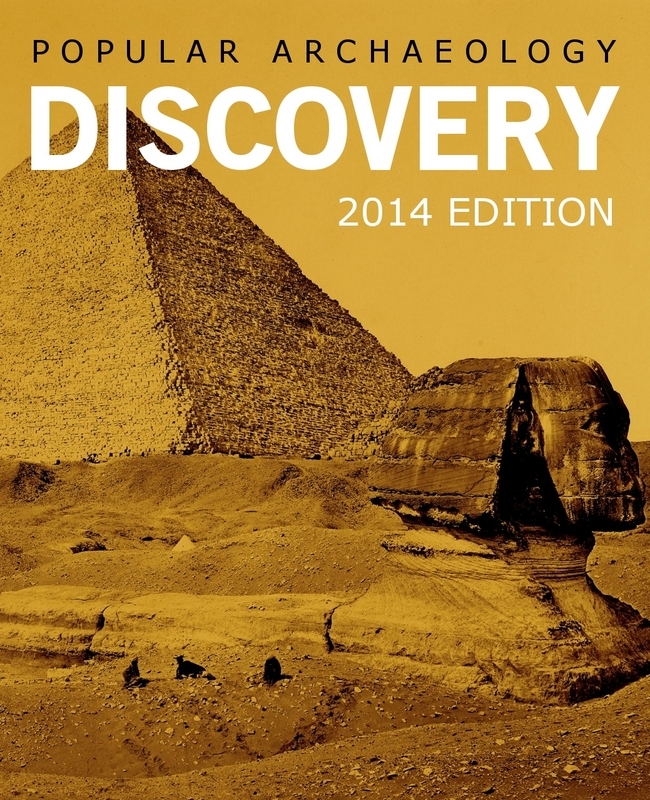
An international team led by researchers at Uppsala University and Stockholm University reports a breakthrough on understanding the demographic history of Stone-Age humans. A genomic analysis of eleven Stone-Age human remains from Scandinavia revealed that expanding Stone-age farmers assimilated local hunter-gatherers and that the hunter-gatherers were historically in lower numbers than the farmers. The study is published, ahead of print, in the journal Science.
The transition between a hunting-gathering lifestyle and a farming lifestyle has been debated for a century. As scientists learned to work with DNA from ancient human material, a complete new way to learn about the people in that period opened up. But even so, prehistoric population structure associated with the transition to an agricultural lifestyle in Europe remains poorly understood.
“For many of the most interesting questions, DNA-information from people today just doesn’t cut it, the best way to learn about ancient history is to analyze direct data—despite the challenges”, says Dr. Pontus Skoglund of Uppsala University, now at Harvard University, and one of the lead authors of the study.
“We have generated genomic data from the largest number of ancient individuals” says Dr. Helena Malmström of Uppsala University and one of the lead authors. “The eleven Stone-Age human remains were between 5,000 and 7,000 years old and associated with hunter-gatherer or farmer life-styles” says Helena Malmström.
Anders Götherström, who led the Stockholm University team, is satisfied with the amount of DNA that they could retrieve.
“Not only were we able to generate DNA from several individuals, but we did get a lot of it. In some cases we got the equivalent of draft genomes. A population genomic study on this level with a material of this age has never been done before as far as I know.”
___________________________
Osteologists excavating and examining the skeleton of a young woman dated to 2700 BC. Credit: Göran Burenhult
______________________________
The material used in the study is from mainland Scandinavia as well as from the Baltic island Gotland, and it comprises of hunter-gatherers from various time periods as well as early farmers.
Professor Mattias Jakobsson, who led the Uppsala University team, is intrigued by the results.
“Stone-Age hunter-gatherers had much lower genetic diversity than farmers. This suggests that Stone-Age foraging groups were in low numbers compared to farmers”, says Mattias Jakobsson.
Jan Storå at Stockholm University shares Mattias’ fascination.
“The low variation in the hunter gatherers may be related to oscillating living conditions likely affecting the population sizes of hunter-gatherers. One of the additional exciting results is the association of the Mesolithic individual to both the roughly contemporaneous individual from Spain but also the association to the Neolithic hunter-gatherers.”
The study confirms that Stone-Age hunter-gatherers and farmers were genetically distinct and that migration spread farming practices across Europe, but the team was able to go even further by demonstrating that the Neolithic farmers had substantial admixture from hunter-gatherers. Surprisingly, the hunter-gatherers from the Baltic Sea displayed no evidence of introgression from farmers.
“We see clear evidence that people from hunter-gatherer groups were incorporated into farming groups as they expanded across Europe”, says Pontus Skoglund. “This might be clues towards something that happened also when agriculture spread in other parts of the world.”
“The asymmetric gene-flow shows that the farming groups assimilated hunter-gatherer groups, at least partly”, says Mattias Jakobsson. “When we compare Scandinavian to central European farming groups that lived at about the same time, we see greater levels of hunter-gatherer gene-flow into the Scandinavian farming groups.”
This study is part of the recently initiated “Atlas project” – a large-scale genomic investigation of ancient human remains in Scandinavia led by Stockholm and Uppsala Universities and funded by the Swedish Foundation for Humanities and Social Sciences and the Swedish Research Council. The present study brings the first results from the project.
“We have only begun to scratch the surface of the knowledge that this project may bring us in the future” says Anders Götherström.
Source: Edited from a press release of Uppsala University.
_____________________________
Read about the most fascinating discoveries with a premium subscription to Popular Archaeology Magazine. Find out what Popular Archaeology Magazine is all about. AND MORE:
On the go? Purchase the mobile version of the current issue of Popular Archaeology Magazine here for only $2.99.
Popular Archaeology’s annual Discovery Edition eBook is a selection of the best stories published in Popular Archaeology Magazine in past issues, with an emphasis on some of the most significant, groundbreaking, or fascinating discoveries in the fields of archaeology and paleoanthropology and related fields. At least some of the articles have been updated or revised specifically for the Discovery edition. We can confidently say that there is no other single issue of an archaeology-related magazine, paper print or online, that contains as much major feature article content as this one. The latest issue, volume 2, has just been released. Go to the Discovery edition page for more information.






